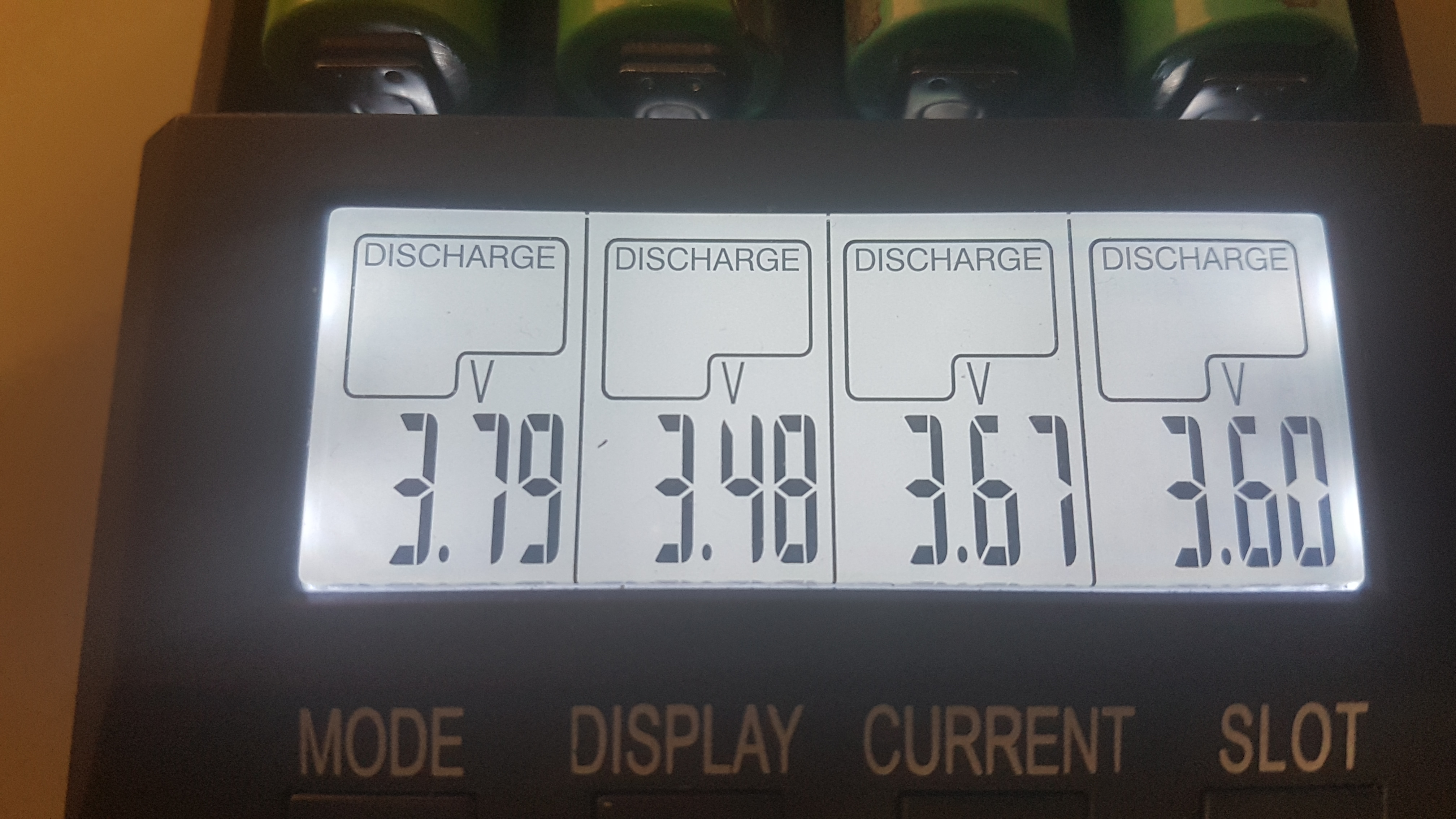chewball22
Newly Enlightened
- Joined
- Jan 6, 2017
- Messages
- 1
Hello all,
I just picked up my first battery charger, an Opus bt-c3100 v2.2. I didn't realize there was a newer bt-c3400 v3.1 available. I have some protected Orbtronic 3400mah 18650's which protect it from discharging below 2.5 volts.
I see that the 3100 v2.2 discharges the batteries down to 2.8 volts. I've also read that discharging below 3 volts permanently increases internal resistance and reduces capacity and you should discard any 18650's that have been discharged below 3 volts. I see that the new bt-c3400 v3.1 discharges down to 3.1 volts. After plenty of searching and reading I'm not sure if I should be using the bt-3100 to discharge the 18650's. I need another charger for more slots anyway but am I actually degrading the performance of my batteries using this version of the Opus?
I just picked up my first battery charger, an Opus bt-c3100 v2.2. I didn't realize there was a newer bt-c3400 v3.1 available. I have some protected Orbtronic 3400mah 18650's which protect it from discharging below 2.5 volts.
I see that the 3100 v2.2 discharges the batteries down to 2.8 volts. I've also read that discharging below 3 volts permanently increases internal resistance and reduces capacity and you should discard any 18650's that have been discharged below 3 volts. I see that the new bt-c3400 v3.1 discharges down to 3.1 volts. After plenty of searching and reading I'm not sure if I should be using the bt-3100 to discharge the 18650's. I need another charger for more slots anyway but am I actually degrading the performance of my batteries using this version of the Opus?


